
Halo: Reach - Review
by Nick Pantazis , posted on 13 September 2010 / 27,395 ViewsAlmost nine years ago a “little” company called Microsoft decided to jump into the gaming industry with the Xbox. Their headlining system-selling launch title was Halo: Combat Evolved, by a well-known developer named Bungie. Two main games, two spinoffs, many books, and an anime later, the Halo franchise has gone through a lot of changes, some good and some bad. Halo: Reach is Bungie’s final movement in the Halo symphony, a bombastic yet elegant finale for the series creators.
Before Master Chief’s adventurous and explosive trilogy, there was Reach. Halo: Reach takes you through the events which led to the very beginning of Halo: Combat Evolved as Master Chief fled the planet’s destruction aboard the cruiser "Pillar of Autumn." Reach has been discovered by the covenant, and Noble Team, a group of well-equipped Spartan commandos, must desperately hold back the Covenant onslaught. The plot is pretty predictable, and there’s not much of one through the majority of the campaign. As you near the end you will hit the “twist” so to speak, but there are no earth-shattering revelations to be had about the Halo mythos here. The game benefits from not being overly loaded with story, and it’s a significant improvement in pacing for the franchise. That said, what story is present is delivered well, and the ending scene is absolutely perfect and poignant.
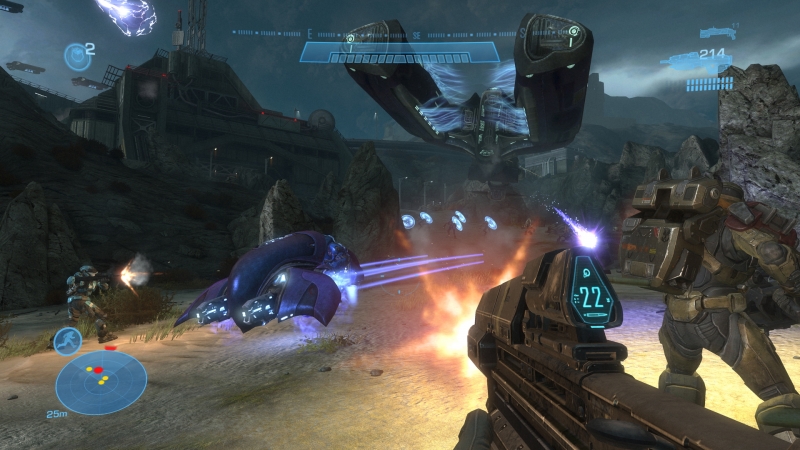
Noble Team consists of six Spartan super-soldiers, each with a very distinctive personality. The Spartans are all interesting, if not particularly unique, and it’s easy to be attached to them. On the down side, it’s easy to feel like there’s not enough time to connect to the characters, but in general the attempt to merge the character focus of ODST with the heavy action of the traditional Halo games is a success. You are Noble Six, a mysterious and intentionally vague new addition to the team of commandos. Noble Six follows the Master Chief tradition of silent and determined, but this is partly because he (or she) is meant to represent the player. The same design the player creates for use in multiplayer is Six’s armor throughout the campaign, even the cutscenes.
Unlike Halo 3: ODST, Reach sports the kind of campaign you’d expect out of a main series Halo title. The campaign is built around big explosive battles and nonstop action, but stealth is also present on rare occasions. Reach’s campaign is also built to be fun in co-op, and for the first time the difficulty actually scales with the amount of players. Curiously, the much-advertised space combat is a tiny part of the final game, and while enjoyable, not incredibly memorable. However, the first-person shooting in space was excellent, and the low gravity jumping and muted sound from the near-vacuum were excellent.
On the ground, most of the missions follow a familiar pattern of go to a location, destroy all the enemies, and move on. This may sound monotonous, but the wide variety of environments, vehicles, weapons, and the new armor abilities make each fight fresh and different. The re-addition of health which does not regenerate after your shields are drained adds some urgency and desperation to the more difficult encounters that was lost after Combat Evolved.
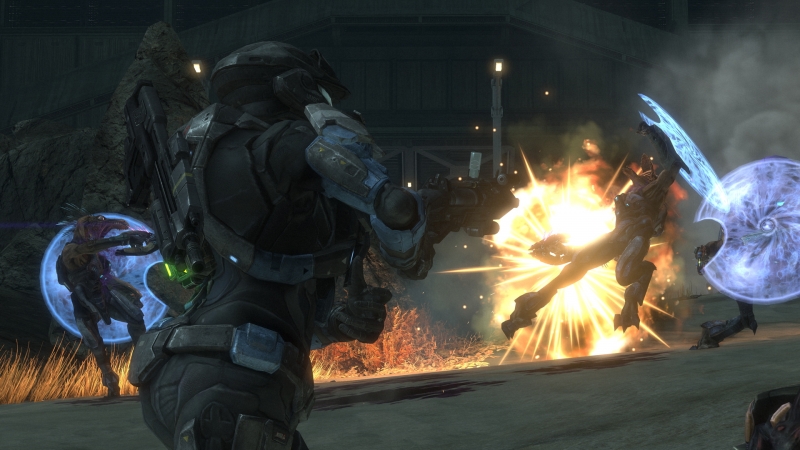
And desperate you will feel, as Halo: Reach offers one of the most difficult campaigns in the franchise’s history, but not in a bad way. Reach is a culmination of all the enemies and vehicles in the Halo franchise in one game, including the dreaded and deadly Elites, now remade to be even more intimidating and challenging. I absolutely recommend everyone play the game on the Heroic setting, as the challenge is great, but never cheap. Battles will require some strategy and the ramping difficulty in co-op makes communication essential. If Bungie’s goal was to make Reach feel like an enormous battle for the fate of the galaxy, they succeeded brilliantly.
Also loaded into the game are numerous brand new weapons and vehicles, many of which are ridiculously overpowered (in a good way). The Covenant arsenal in particular got major boosts with Reach, now sporting numerous new weapons and overhauls to old ones. Almost all of the new guns are a blast to use, and in general Reach represents the biggest advancement in the franchise arsenal. The new vehicles are also enjoyable, and scattered generously throughout the missions to give you a taste of all of them within the campaign. Of course with these advancements come the armor powers, which are all very useful in certain situations, and scattered throughout the campaign, but more on those later.
A few things have been changed and removed. Melee power has been downgraded some, and the first melee hit only removes the shields of your opponents. Assassinations can be performed by holding down the melee button when killing from behind, but you’re not invulnerable during these and it’s easy to be killed in the middle of one, especially in multiplayer. Dual wielding has also been removed completely from the game, but frankly it’s not missed. Finally the equipment found in Halo 3 has been removed, but again, this is an easy sacrifice to make for the much more significant advancement of the armor abilities, and I never found myself wishing they were around.
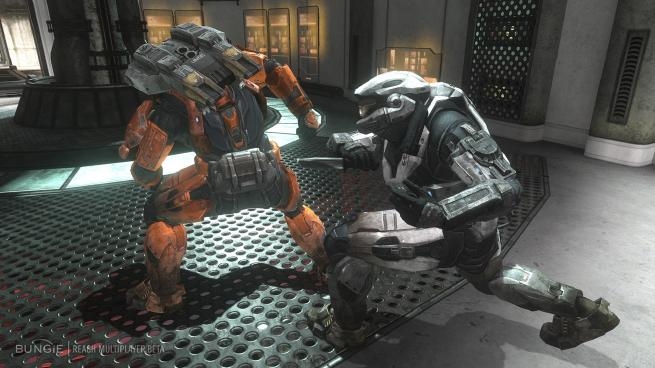
So what does all this mean for the gameplay? Does it still play like Halo? Well, yes and no. There’s definitely an underlying “Halo-ness” to the game, and you certainly don’t have to worry about the numerous physics, graphical, and weapon boosts turning this into Call of Duty or some other “realistic” shooting game. Weapons are still crazy and over-the-top and you’re still going to need skill and a lot of bullets to take down your opponents, which is what really makes that Halo feeling. That said, the armor abilities are a game-changer. Jet packs and sprint alone would have been enough to add a whole new degree of speed and depth to the way the game progresses, but it goes even farther than that. The armor abilities all represent a completely new degree of customizability and strategy to the formula in both single player and multiplayer. Some major adjustment will be needed for veteran players.
Graphically the game is gorgeous, but not perfect. There are a couple moments of stutter, and there are occasions when the environments can be too barren. That said, the art direction is brilliant, and the backdrops and set pieces are frankly jaw-dropping. If you’re tired of brown and gray, prepare to be overloaded with color with Reach’s vibrant and gorgeous visuals. While not perfect, it easily ranks among the top visuals seen on the platform. Voice acting is top notch, though the game isn’t exactly dialog-heavy, and the musical score by series composer Martin O’Donnell is possibly the best in the history of the franchise. The music is adrenaline pumping, and brilliantly choreographed to the pace of the gameplay. The combination of the striking visuals and scale of the game with the excellently scored music makes for an experience that can take your breath away.
The single player campaign will last you about 9 hours on Heroic, and it’s fun enough to be worth replaying once or twice, especially with some friends in co-op, and now that there’s matchmaking it’s easy to do so. As incredible as the single player is, what made Halo really popular is the multiplayer, and here Halo: Reach doesn’t just excel, it overwhelms. Every competitive multiplayer option you can possibly think of returns from the previous games, and numerous new ones have been added. Among the most enjoyable are Invasion, where two teams of six, Spartans vs. Elites, battle to attack and defend objectives, and Headhunter, where you must gather and turn in flaming skulls from your fallen enemies to score. There is a tiny downside, as there are only 13 competitive maps included on the disc, but make no mistake; Reach pushes the boundaries for multiplayer content way beyond what’s been done in the past.
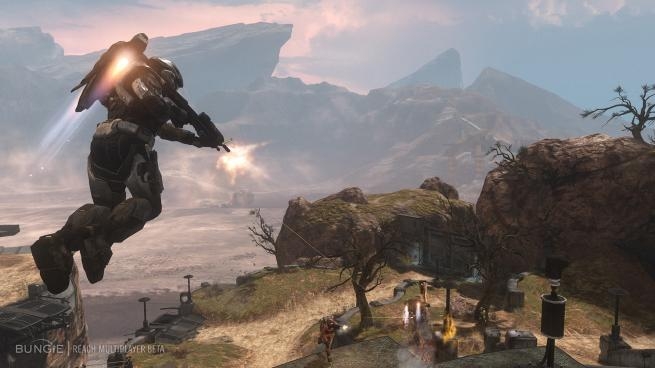
In addition to the competitive modes, Firefight has been beefed up from an extra feature in ODST to a headliner in Halo: Reach. With eight maps on the disc, matchmaking, and tons of customization options Firefight almost offers an entirely new game. Firefight now has seven game types of its own, including Generator Defense, Rocketfight, and my personal favorite, Versus, where players take turns on the Spartan and Elite sides. Every aspect of the games can be customized including respawn time, enemies, and even the basic traits of your Spartan such as speed, height, and gravity.
But wait! There’s more! Now Forge World allows you to build entirely new maps and game types in a sandbox however you wish, and the Forge tools for the existing maps are all improved as well. Game types aren’t limited to just killing things either, as vehicle-based game modes are also present including capture the flag on mongooses and races on Forge maps. The amount of original and creative map designs is potentially endless, and as further good news Bungie has devoted a team to supporting Halo: Reach with new maps and updates down the road, as well as daily and weekly challenges for extra points. Truly replay value is endless. You could play Reach for the rest of your life and never try everything.
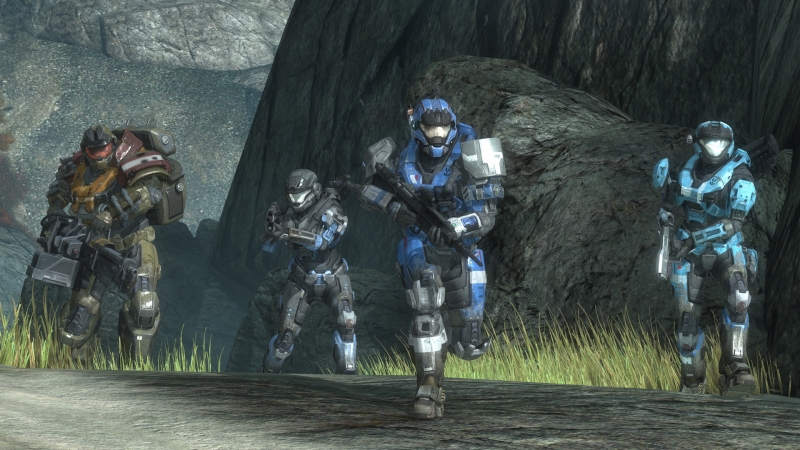
I almost feel sorry for 343 Industries, who to this point has done a brilliant job supporting the Halo franchise through Halo Waypoint, because Bungie has left them with an act that I can’t imagine many people in the world want to follow. Halo: Reach is still Halo, but it’s so much more. Bungie has poured everything imaginable into this game, and while there are still some hiccups in the campaign and multiplayer could use a few more maps on the disc, there is no end in sight to the amount of play you can get out of Reach. This is the biggest leap the series has ever seen between entries. Gorgeous presentation, masterful design, unlimited value, and a unification of great franchise staples and brilliant new concepts make Halo: Reach a true masterpiece.
VGChartz Verdict
9.6
Outstanding








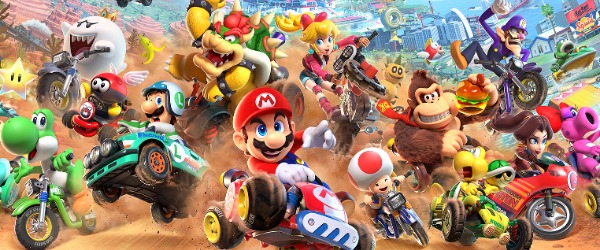
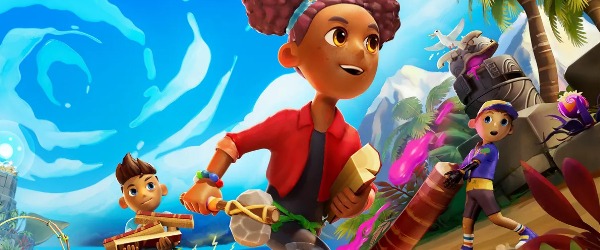
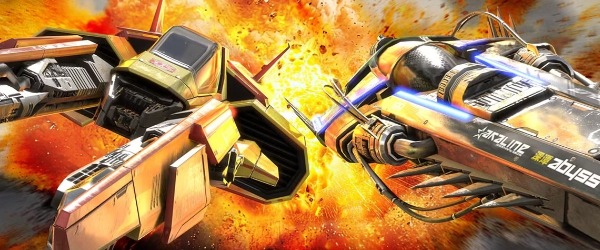
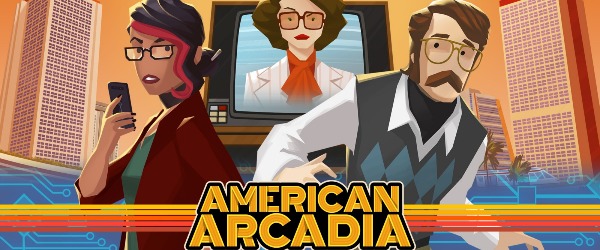












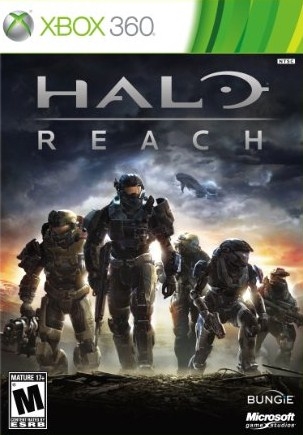

 Essay Pro
Essay Pro